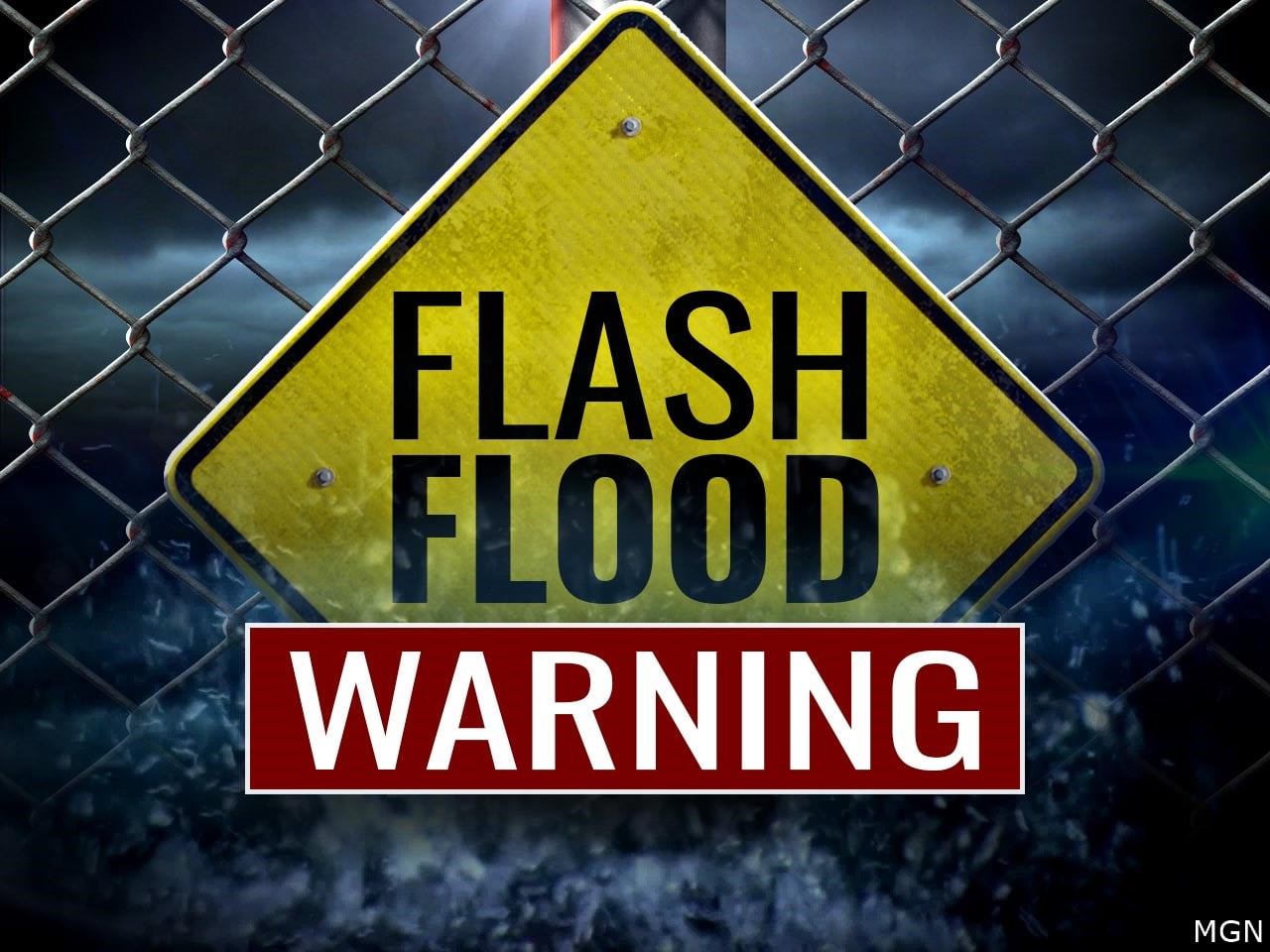Welcome to our channel! In today’s video, we’re diving deep into the essential topic of flash flood warnings. As weather patterns become more unpredictable, understanding what these warnings mean and how to prepare for potential flooding is crucial. Join us as we explore the details surrounding flash floods, the warning system, and the steps you can take to protect yourself and your loved ones.
What is a Flash Flood?
A flash flood occurs when heavy rainfall causes a rapid rise in water levels, often within six hours of the rain starting. These floods can develop quickly, posing serious threats to life and property. Understanding the nature of flash floods helps us grasp why preparedness is key.
What Does a Flash Flood Warning Mean?
When a flash flood warning is issued, it means that flooding is imminent or already occurring in your area. We’ll discuss the critical differences between a flash flood watch and a warning, highlighting the urgency that comes with a warning. Knowing these distinctions empowers you to take immediate action.
How Flash Floods Develop
Flash floods can arise from various weather conditions, including heavy rainfall, rapid snowmelt, or dam breaks. We’ll explain the science behind flash floods, including how meteorologists monitor conditions to predict these dangerous situations. Awareness of the factors contributing to flash floods can help us recognize vulnerable areas.
Preparing for a Flash Flood
Preparation is essential when a flash flood warning is issued. We’ll provide you with a comprehensive checklist of steps to take, such as:
- Create an Emergency Kit: Assemble essentials like water, non-perishable food, medications, and important documents.
- Know Your Evacuation Routes: Familiarize yourself with local evacuation routes and emergency shelters.
- Stay Informed: Use weather apps and follow local news for real-time updates and alerts.
Taking these proactive measures enhances your safety and readiness during a flood event.
Staying Informed During a Flood
During a flash flood, staying updated on conditions is crucial. We’ll cover various ways to receive real-time information, including:
- Weather Alerts: Sign up for local weather alerts via text or email.
- Radio and Television: Tune in to local radio or news channels for live updates.
- Social Media: Follow emergency management agencies on social media for timely information.
Accessing accurate and timely information can be a lifesaver during severe weather.
After the Flood: Safety Precautions
Once a flash flood passes, it’s vital to remain cautious. We’ll outline key safety considerations, such as:
- Avoiding Flooded Areas: Never attempt to drive or walk through flooded streets. It can be deceivingly dangerous.
- Health Risks: Be aware of potential water contamination and other health risks after flooding.
- Documenting Damage: If safe to do so, document any damage for insurance purposes.
Understanding these safety precautions can help you navigate the aftermath effectively.
Community Preparedness and Response
Communities play a vital role in flood preparedness and response. We’ll highlight how local organizations and government agencies work together to keep residents safe. From early warning systems to community outreach, these efforts are essential in minimizing the impact of flash floods.
Engage with Us!
We want to hear from you! Have you experienced a flash flood? What preparations did you find most helpful? Share your stories and tips in the comments below. Your experiences could offer valuable insights to others facing similar situations.
Subscribe for More Updates
If you find our content valuable, consider subscribing to our channel for more videos on weather preparedness, safety tips, and community updates. Click the notification bell to stay informed about our latest discussions.
Follow Us on Social Media
Stay connected with us on our social media platforms for real-time updates and additional information related to weather safety. Join our community as we share insights and discuss best practices for staying safe during storm season.
flash flood warning flash flood warning flash flood warning flash flood warning flash flood warning flash flood warning flash flood warning flash flood warning flash flood warning flash flood warning flash flood warning flash flood warning flash flood warning flash flood warning flash flood warning flash flood warning flash flood warning flash flood warning flash flood warning flash flood warning flash flood warning flash flood warning flash flood warning flash flood warning flash flood warning flash flood warning flash flood warning flash flood warning flash flood warning flash flood warning flash flood warning flash flood warning flash flood warning flash flood warning flash flood warning flash flood warning flash flood warning flash flood warning flash flood warning flash flood warning flash flood warning flash flood warning